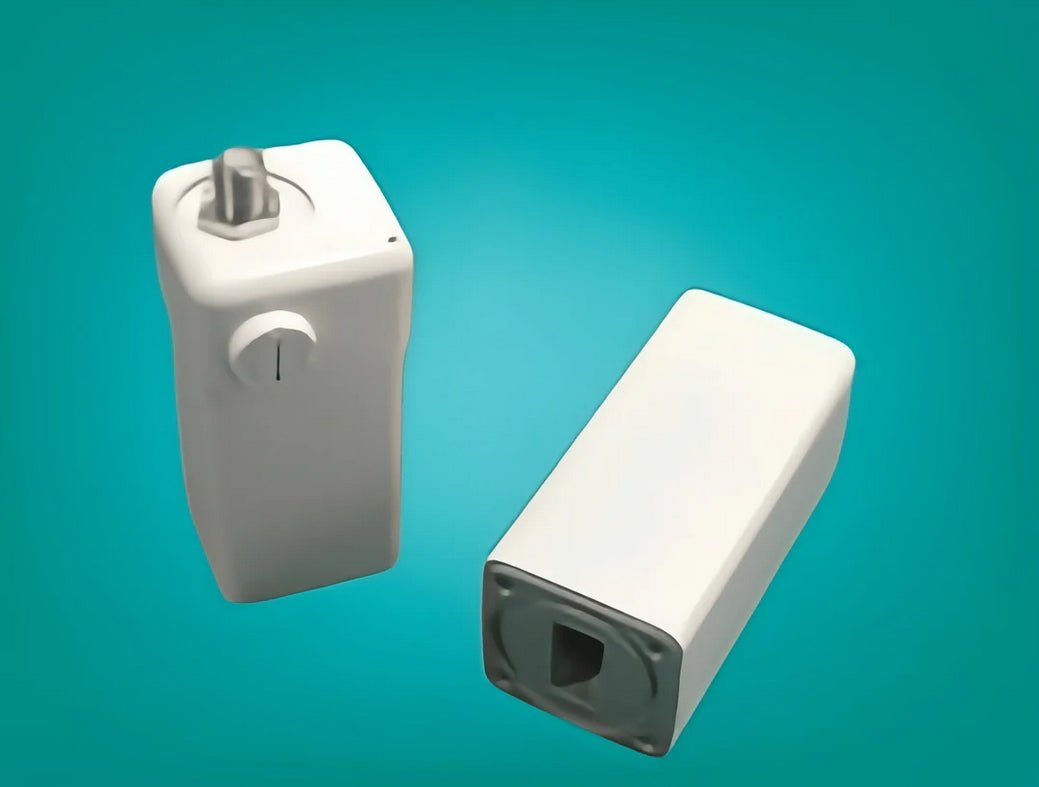
As an industry product expert, I’m excited to present an authoritative overview of the NJRC Ku‑Band LNB product range. These products are engineered to provide precise and stable downconversion of Ku‑band satellite signals, a critical function in satellite communications systems. Based on extensive technical documentation, the NJRC Ku‑Band LNB series is available in both internal and external PLL configurations, as well as switchable 2LO models that offer flexible local frequency selection. In this article, I will detail the key technical features, performance benefits, and practical usage tips for integrating these LNBs into robust satellite systems.
1. Overview of NJRC Ku‑Band LNB Product Lines
The NJRC Ku‑Band LNB family is divided into several series:
-
PLL LNB (Internal Reference – NJR2845 Series):
These LNBs feature a built‑in reference oscillator offering excellent local stability with options for N‑type (50 Ω) and F‑type (75 Ω) connectors. They provide a stable local oscillator frequency with noise figures as low as 0.8 dB and conversion gains in the range of 52 to 57 dB. With a compact design (approximately 82.2 x 40 x 40 mm) and IP67 environmental protection, these LNBs are ideal for standard satellite reception applications. -
PLL LNB (External Reference – NJR2845E Series):
For applications demanding even tighter frequency control, the external reference models offer superior stability with local frequency stabilities down to ±0.5 ppm. These units allow operators to leverage an external reference signal to further reduce phase noise—achieving levels as low as –125 dBc/Hz at 100 Hz—and are designed to meet stringent performance requirements in high‑precision systems. -
Switchable 2LO PLL LNB (Internal & External Reference – NJR2841, NJR2842, & NJR2843 Series):
These advanced LNBs feature switchable dual local oscillators (2LO) that enable multiple methods of local frequency selection. Customers can choose between a mechanical switch, 22 kHz tone on/off, or a high/low input voltage method to select the appropriate LO frequency band. This flexibility allows for optimized performance across different Ku‑band segments (e.g., Low Band and High Band) and makes these LNBs particularly versatile for multi‑service satellite applications.
2. Key Technical Features and Performance Benefits
-
Precision and Stability:
NJRC Ku‑Band LNBs are engineered with a focus on delivering high conversion gain (typically 52–57 dB) and low phase noise (up to –140 dBc/Hz at 10 kHz). The internal and external reference options provide local frequency stability ranging from ±10 ppm to an impressive ±0.5 ppm, ensuring that the downconverted signal remains pure and stable. -
Low Noise Figure:
With noise figures designed to minimize signal degradation, these LNBs enhance overall system sensitivity, making them ideal for receiving weak satellite signals in challenging environments. -
Robust Environmental Protection:
Constructed to IP67 standards, NJRC LNBs are waterproof and dustproof, and they are designed to operate reliably over a wide temperature range (typically –40 °C to +60 °C). This makes them suitable for installation in harsh outdoor conditions, including maritime and desert environments. -
Flexible Local Frequency Selection:
The switchable 2LO models allow operators to dynamically select the optimal LO frequency using a mechanical switch, tone control, or input voltage method. This versatility helps in achieving the best performance in various applications by adapting to specific signal conditions and frequency bands. -
Compact and Lightweight Design:
With dimensions as small as approximately 82.2 x 40 x 40 mm and weights ranging from 210 g to 240 g, these LNBs are easy to integrate into compact satellite systems without compromising performance.
3. Usage Tips and Application Scenarios
-
Optimized System Integration:
Ensure proper impedance matching and use high-quality cable assemblies when integrating NJRC LNBs with other RF components. This minimizes signal loss and helps maintain the integrity of the satellite link. -
Remote Monitoring and Control:
For models equipped with RS‑232C interfaces, leverage remote control features to monitor key parameters such as output power, temperature, and PLL lock status. This real‑time monitoring is essential for troubleshooting and maintaining optimal system performance. -
Frequency Flexibility in Multi‑Service Systems:
In systems where multiple frequency bands are required, the switchable 2LO LNBs offer significant advantages. Use the mechanical switch or tone control features to adapt the LNB to the desired frequency band (e.g., switching between Low Band and High Band) without needing to replace hardware, thereby saving time and reducing system downtime. -
Environmental Considerations:
When deploying these LNBs in harsh environments, ensure that proper cooling and ventilation are provided. Even though they are IP67 rated, maintaining optimal operating temperatures will enhance longevity and performance. -
Application Scenarios:
- VSAT Systems: Ideal for satellite broadband and data communications where low noise and high stability are critical.
- Broadcast Reception: For satellite TV and media distribution, these LNBs ensure clear and consistent signal quality.
- Remote and Harsh Environments: Their robust construction and wide operating temperature range make them well-suited for installations in challenging outdoor conditions, such as maritime platforms or remote monitoring stations.
Conclusion:
The NJRC Ku‑Band LNB series represents a pinnacle of engineering in satellite communication technology. With options ranging from internal to external reference and innovative switchable 2LO designs, these products deliver outstanding performance in terms of conversion gain, phase noise, and frequency stability. By integrating NJRC LNBs into your system, you can achieve superior signal reception, reduce noise, and maintain high system reliability even in the most challenging environments. Follow best practices for installation and take advantage of remote monitoring capabilities to optimize your satellite communication setup.
